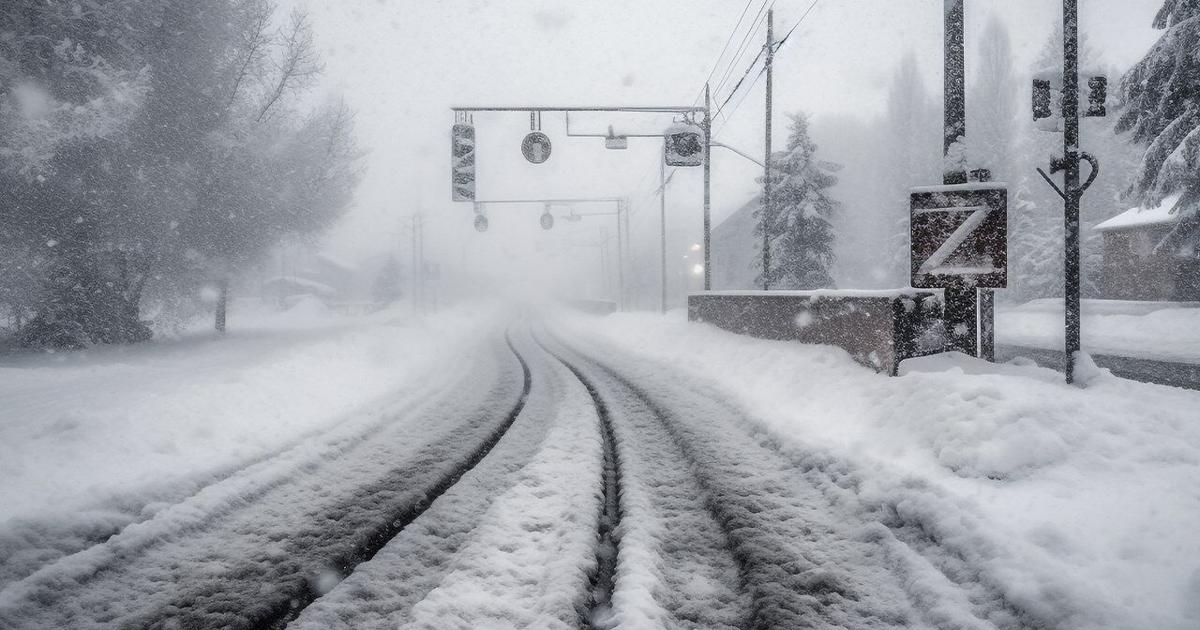Six J-20 stealth fighters (from Left) can be seen in this satellite close to Sikkim border
Experts say Beijing’s dual approach of advocating dialogue while simultaneously enhancing its military capabilities at the borders reflects a complex strategy
China appointing Xu Feihong as its new ambassador to New Delhi in May after nearly two years—the longest vacancy since 1976—marked a shift in relations with India, which have been fractured by the border standoffs since the summer of 2020. At the same time, in a conflicting signal that escalates tensions, the Chinese military has deployed its advanced J-20 stealth fighter jets close to the Indian border in Sikkim. The strategic manoeuvre by Beijing signals a complex blend of diplomacy and military assertiveness that New Delhi will need to deftly handle.
The appointment of Xu Feihong, a seasoned diplomat, was described by the Chinese state media as a vital opportunity to enhance bilateral communication and reduce misunderstandings. Global Times, a mouthpiece of the Chinese government, opined it could foster the return of Sino-Indian relations to a healthy and stable path.
However, despite the diplomatic overtures, China’s People’s Liberation Army (PLA) has been reinforcing its military presence near the border. Satellite images from May revealed the deployment of J-20 fighters at the high-altitude Shigatse airport in Tibet, less than 150 km from the Sikkim border. The move positions China’s most advanced stealth fighters perilously close to Indian territory.
The strategic placement of these aircraft, just under 300 km from India’s Hasimara airbase in West Bengal—home to the Indian Air Force’s Rafale fighters—only fuels the military tensions. Since 2020, when PLA troops were found to have transgressed in eastern Ladakh, India has been bolstering its defences against China, upgrading its airbases with hardened shelters, deploying the formidable S-400 missile defence system, and prepping its Rafale fleet to counter potential threats.
China’s dual approach of advocating dialogue while simultaneously enhancing its military capabilities reflects a complex strategy. By deploying the J-20 fighters, Beijing appears to be trying to maintain a position of strength even as it engages in diplomacy. This ‘double game’ complicates regional security dynamics and keeps India in a state of high alert.
Experts pointed out that the situation demands a delicate balance by both nations to avoid further escalation of hostilities. The international community closely watches these developments unfold and recognises their significant implications for regional stability in South Asia.
The deployment of J-20 fighters is seen as a Chinese attempt to bolster military presence at the borders. However, the effectiveness of this strategy is questioned due to the perceived shortcomings of the jet and the experienced military capabilities of its regional rivals.
China’s aggressive stance has led to the United States, Japan and South Korea viewing it as a military rival, alongside countries with longstanding disputes such as India, Vietnam and Taiwan. These nations are advancing with fifth generation fighter plans, such as India’s Advanced Medium Combat Aircraft (AMCA).
China watchers observed that despite the J-20 deployment, China’s fleet size remains overshadowed by the US and India’s more advanced aircraft inventory. Military aviation experts said China’s Chengdu J-20, touted as a formidable fifth-generation fighter, faces significant scepticism regarding its true capabilities in terms of stealth, avionics and combat readiness. The reliance on potentially compromised technology and adoption of less advanced materials raise concerns about its overall effectiveness. Additionally, the lack of combat exposure and limited pilot experience compared to seasoned adversaries further undermine confidence in the PLA Air Force’s (PLAAF) capabilities.
Experts also pointed out that the J-20 stealth fighter originally used a Russian-made engine with low stealth characteristics. Subsequently, China now equips the J-20 with the domestically produced WS-10C engine, which features a serrated nozzle to minimise radar signature.
As China adopts an aggressive stance, countries like the US, India and others respond by fortifying their defences and advancing their fifth-generation fighter programmes. India’s deployment of Rafale fighters and advanced missile systems highlights the evolving dynamics of regional military posturing, underscoring the need for vigilance against China’s assertive moves.
Additionally, experts said the Chengdu J-20’s engine reliability remains a concern. Chinese designers adjust the airframe to accommodate deficiencies, prioritising payload over sophistication. Limited combat exposure and pilot skills raise doubts about the PLAAF’s capability compared to experienced adversaries.
On the other hand, the combat-proven Rafale, a 4.5-generation fighter, has been used by the French Air Force on various missions across Afghanistan, Libya, Mali, Iraq, Syria and the Central African Republic. The Rafale boasts of greater fuel and weapons capacity compared to the J-20. Moreover, the Rafale is versatile in terms of advanced avionics and systems, making it a formidable aircraft in various scenarios.





















Discussion about this post